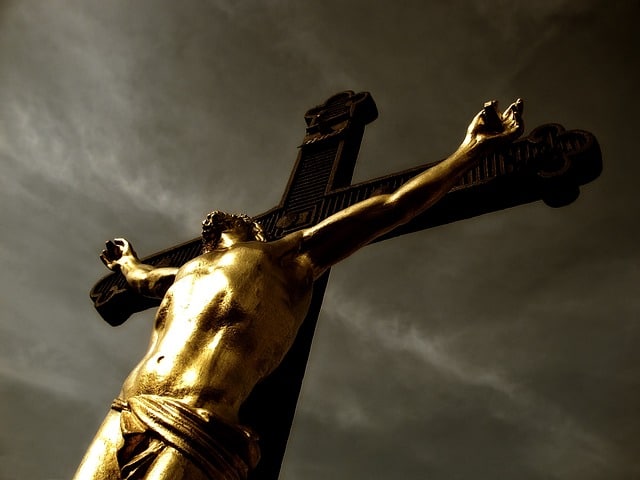
The oblation can be a sacrifice, an offering or an act of veneration.
The etymology of oblation takes us to the late Latin oblatio , itself derived from offerre (which can be translated as “to offer” ). The concept refers to the sacrifice or offering made to a divinity.
Expression of veneration
In general, oblation is an expression of veneration , which in this way is manifested externally and can therefore be perceived through the senses . In any case, the notion can also be associated with strictly spiritual issues.
The characteristics of the oblation depend on each historical period and culture . In some cases they consisted of human sacrifices : a person's life was taken to “give it” to the god .
Oblations could also be sacrifices of animals , such as birds, lambs, oxen and other species. The logic was the same as with humans.
Christian oblations
In Christianity, current oblations are symbolic . It is understood that Christ sacrificed himself by bearing the sins of humanity; In fact, the name Lamb of God links the sacrifice of Jesus with the slaughter of animals in honor of divinity. The faithful, for their part, must offer the oblation through their benevolent and supportive attitude and their conduct in line with the precepts of their religion .
Oblation to the curia
The curia is called oblation , finally, a way that Roman law contemplated for a father to legitimize a natural son . The mechanism allowed the father to offer his descendant to hold a curial position , which demanded a certain amount of property as support for the work.
Yajna
This name belongs to the Indian religion known as Hinduism , and refers to a type of oblation that is carried out to please benevolent deities called devas or to achieve different goals. The ritual in which the yajña is carried out is known as kamia , and it is a fire sacrifice that is usually made in honor of the god Agni , precisely the one who represents this element, with the confidence that everything that the faithful give him will be sent to the devas.
Around 1500 BC. C. the so-called Vedic period took place, which is in the era before Hinduism. At that time, yajña was spoken of to refer to an expression of devotion or adoration, two terms that can be used as synonyms for "veneration", mentioned above as one of the possible meanings of oblation . The name given to similar sacrifices in this period was joma . It was only through the literature of the following centuries that the term yajña acquired the meaning of sacrifice or offering to the gods.

To celebrate the yajña, between one and three bonfires are prepared.
Regarding the etymology of this term, we know that it originated from the Sanskrit verb iash and that its meaning includes the following concepts: "charity, unity, worship of the gods." The person officiating this oblation is usually a priest called adhuariu accompanied by others, who may be the udgatar or the jotar , who in turn have various assistants who sing songs or recite prayers for the deities.
Normally, in the center of the area intended for the ritual, between one and three bonfires are lit, and it is precisely in them that the offerings are thrown: milk, flour cakes, grains, narcotic juice called soma , meat, etc. Finally, it remains to mention the duration of this oblation. At this point, the type of yajña is decisive: it can last only a few minutes, or it can last several years, passing through all the intermediate units.
